Year
A 33 year old female presented with a history of persistent diarrhoea and abdominal cramps for the last 5 days. She is a renal allograft recipient and on Prednisolone, Tacrolimus and Mycophenolate mofetil. CBC was within normal range. A stool sample was sent to screen for parasites.
- What is the diagnosis?
- How is this infection acquired
- What is the treatment required?
Case answer – Posted on: 18-March-2024
- What is the diagnosis?
Cyclospora cayetanensis
Cyclospora cayetanensis is a coccidian protist with spherical oocysts, 8-10 µm in size with a thick outer wall. Unsporulated, refractile, weakly acid-fast oocysts(seen in stool) develop into sporulated, infective oocysts (contains two sporocysts with two sporozoites each) in the environment. - How is this infection acquired?
The primary mode of acquisition is through the consumption of food and water contaminated with sporulated oocysts of Cyclospora cayetanensis. This parasite causes food-borne outbreaks associated with contaminated fruit and leafy vegetables. It causes opportunistic infections with prolonged diarrhea and relapses in immunocompromised hosts. - What is the treatment?
The recommended treatment regimen is Cotrimoxazole (trimethoprim 160mg/sulfamethoxazole 800mg) administered twice daily for a duration of 7 days. Prolonged treatment will be required for HIV-infected individuals.
